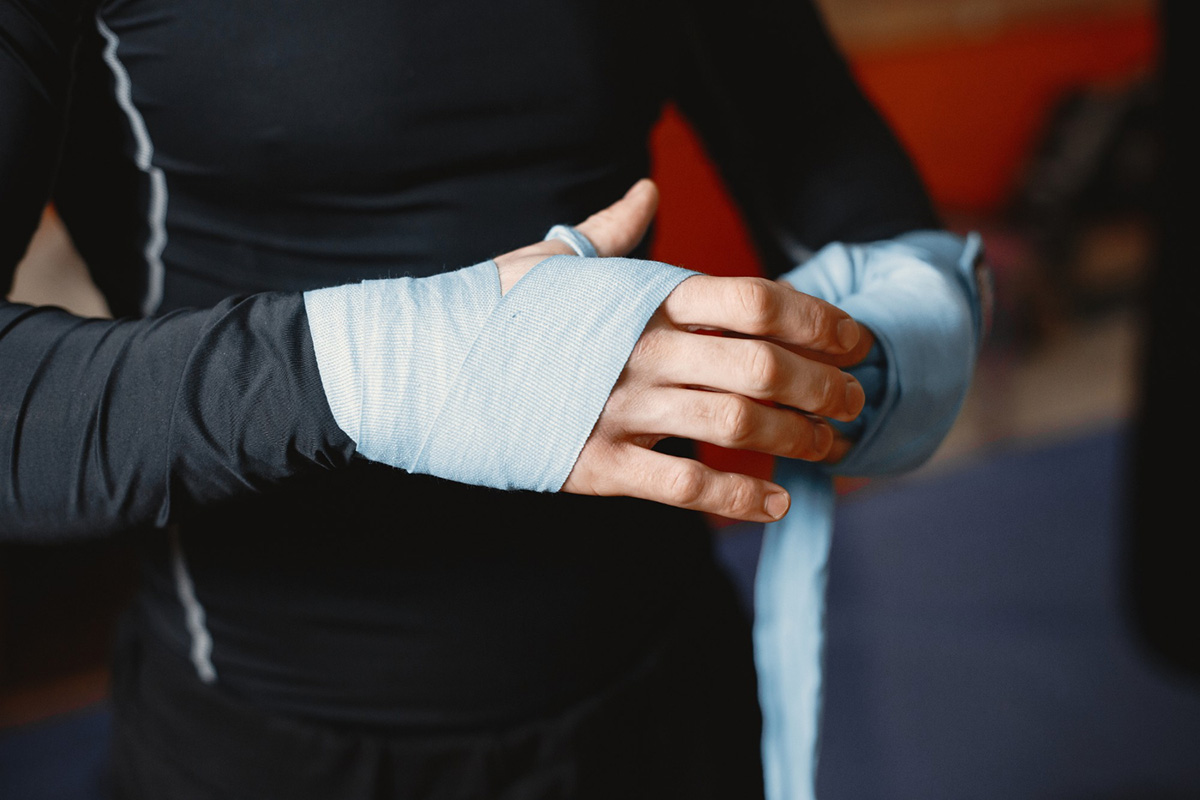
Boxer's fracture is a common injury that affects the bones of the hand and wrist. This type of fracture typically occurs when a person punches an object with a clenched fist, causing the bones in the hand to fracture or break. Boxer's fracture can be painful and limit the function of the hand, which can make everyday activities challenging. In this blog post, we'll discuss what causes boxer's fracture, the symptoms to look out for, and the various treatment options available.
Causes of Boxer's Fracture
As mentioned earlier, boxer's fracture is typically caused by punching an object with a clenched fist. This may occur during a fight, while playing a sport, or even while hitting a solid object in frustration. The bones most commonly affected in a boxer's fracture are the metacarpal bones, which are the bones that make up the palm of the hand. These bones are located just below the knuckles and are prone to breaking when a person punches something with force.
Symptoms of Boxer's Fracture
The symptoms of a boxer's fracture include pain, swelling, and discoloration in the affected area. The hand may also appear deformed or misshapen, and it may be difficult to move the fingers. In some cases, the skin may even break through the surface of the skin, which can increase the risk of infection.
Treatment Options
If you suspect that you have a boxer's fracture, it's important to seek medical attention right away. A doctor will typically take an X-ray of the affected area to confirm the diagnosis and determine the extent of the injury. Treatment for a boxer's fracture may include immobilization of the hand and wrist, which may involve wearing a cast or splint for several weeks. In some cases, surgery may be required to realign the bones and stabilize the fracture.
Rehabilitation
After treatment for a boxer's fracture, rehabilitation may be necessary to restore full function to the hand and wrist. This may involve exercises to improve strength and flexibility, as well as physical therapy to minimize pain and improve range of motion. Doing rehabilitation under the supervision of a certified physical therapist or occupational therapist is always ideal.
Preventive Measures
Preventing boxer's fracture involves avoiding punching objects with a clenched fist. However, it can be challenging to restrain yourself from reacting during heated situations. Therefore, wearing hand protective gear during physical activities and sports can significantly reduce the risks of a boxer's fracture injury. There are gloves that are specifically designed to protect the knuckles when boxing that can also help in preventing the injury.
Conclusion
Boxer's fracture can be a painful and debilitating injury, but with proper diagnosis and treatment, it's possible to regain full function to the hand and wrist. If you suspect that you may have a boxer's fracture, it's important to seek medical attention right away. If you're looking for expert orthopedic care in Deltona, FL, Central Florida Bone and Joint Institute is here to provide individualized treatments to relieve pain and improve function. Contact us today for more information about how we can help you regain your quality of life after a boxer's fracture.